Thickness or thinness depends on the percentage of moisture in honey and the number of factors that affects this percentage. Bees digest the flower's nectar and convert it into honey which contains 80% to 95% of the water in it. Bees store this watery honey in the hexagonal cells of the comb and continuously buzz their wings to dry out the excess moisture. This cold procedure of water evaporation is called "Bees' fanning". Bees do it until moisture comes under 18% because at this moisture level, most bacteria and other microbes cannot grow in honey.
After reducing moisture bees seal the cells with wax so honey can't absorb moisture from the air. This is called "Ripened honey" or "Capped honey which never goes bad. Bees require a long time for reducing moisture. If we harvest unsealed honey, then the honey will be thin and fermentation will occur soon. If beekeeper harvests completely caped/sealed honey, then it will be thick and will never spoil in an airtight container. However, some types of fully "capped honey" are also found naturally thick or thin just because of the particular flower used by bees for making honey. Every plant has a special type of nectar in its flowers. Less moisture in nectar results in thick honey naturally like Ajwain honey. On the contrary, more moisture creates thin honey naturally like Litchi honey. Moisture in the atmosphere also plays a major role. Some honey from the dry desert area contains the lowest moisture level at 12%, while some honey from the rainforest area has the highest level up to 24% also.
So, the thickness or runniness of honey is not a way to judge the purity of it.

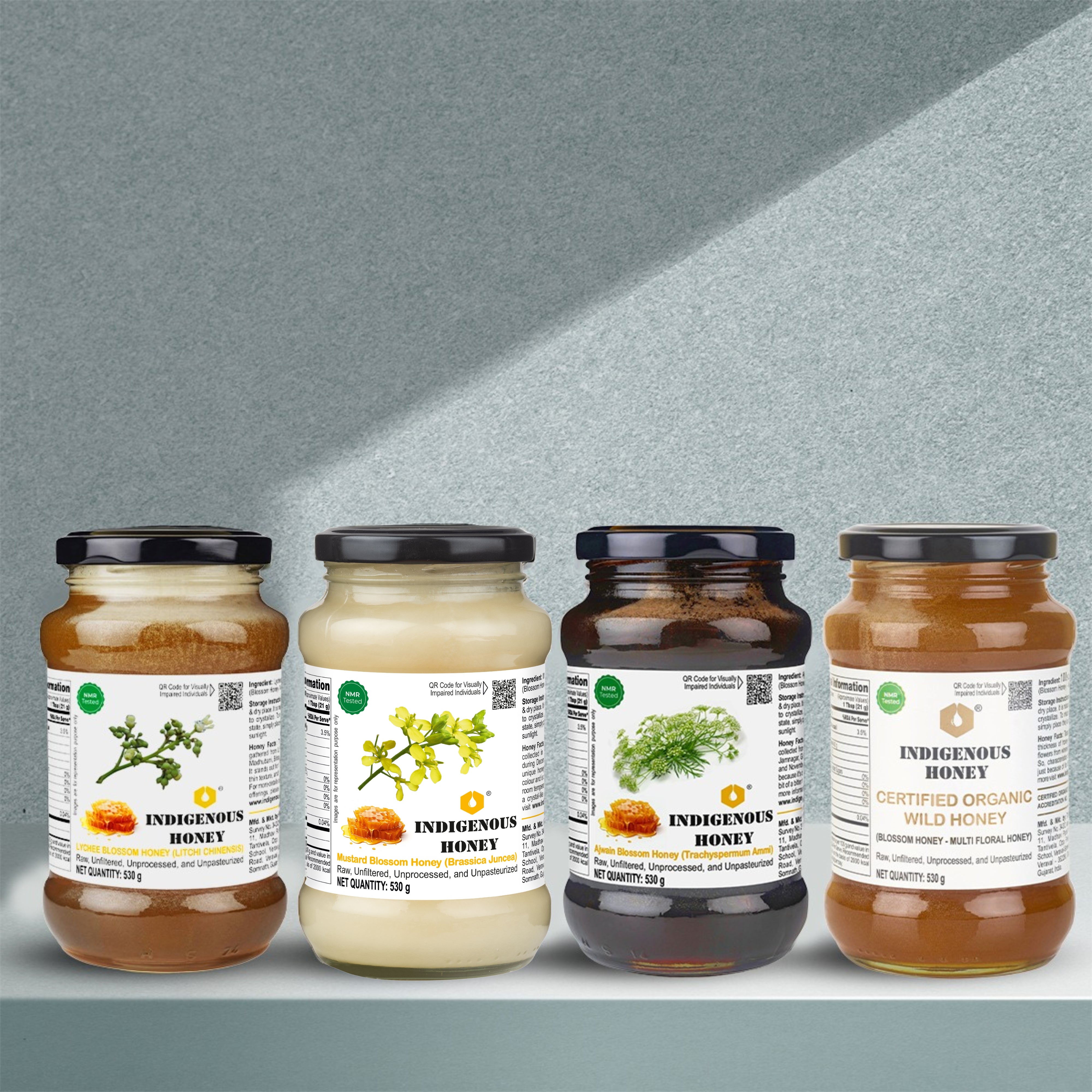
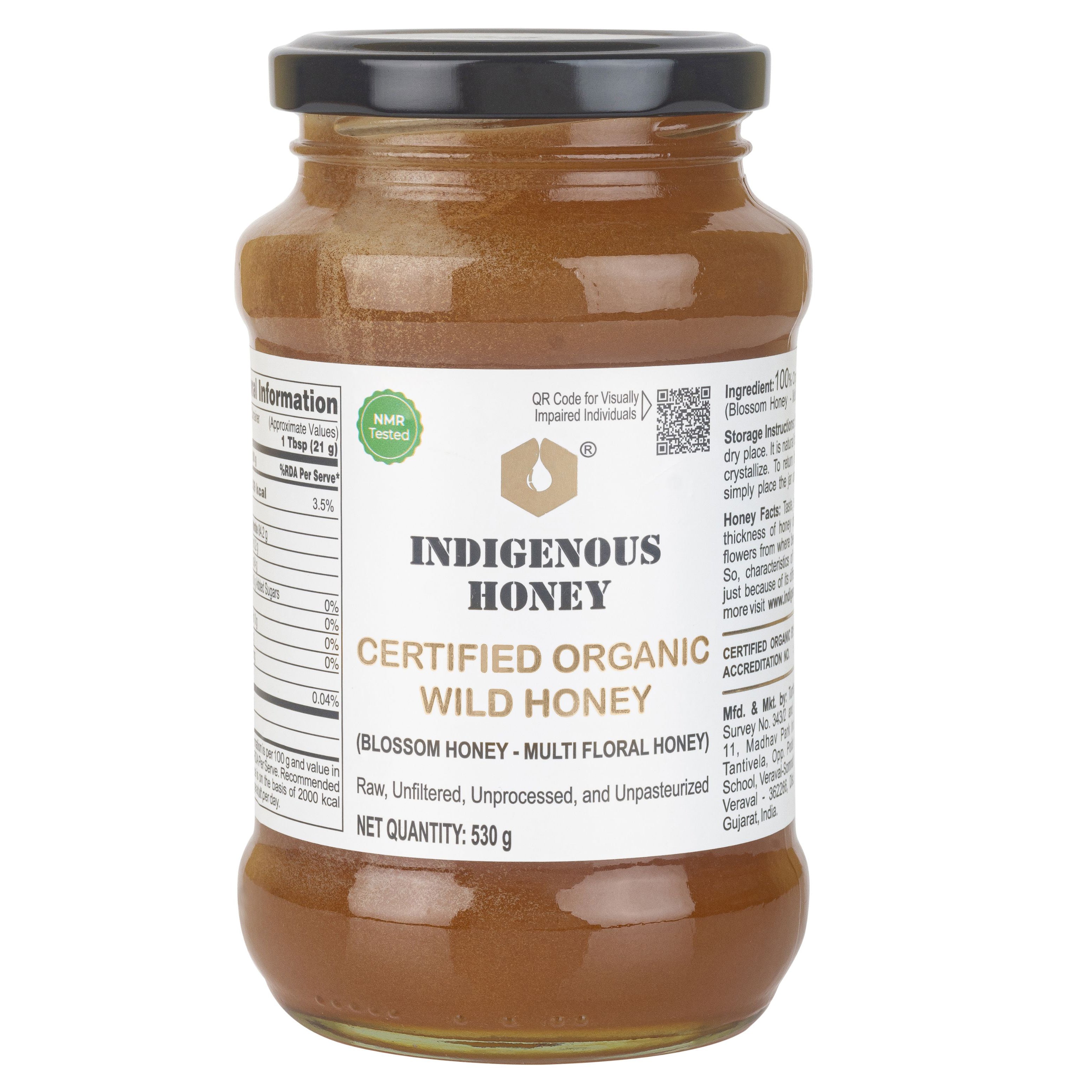
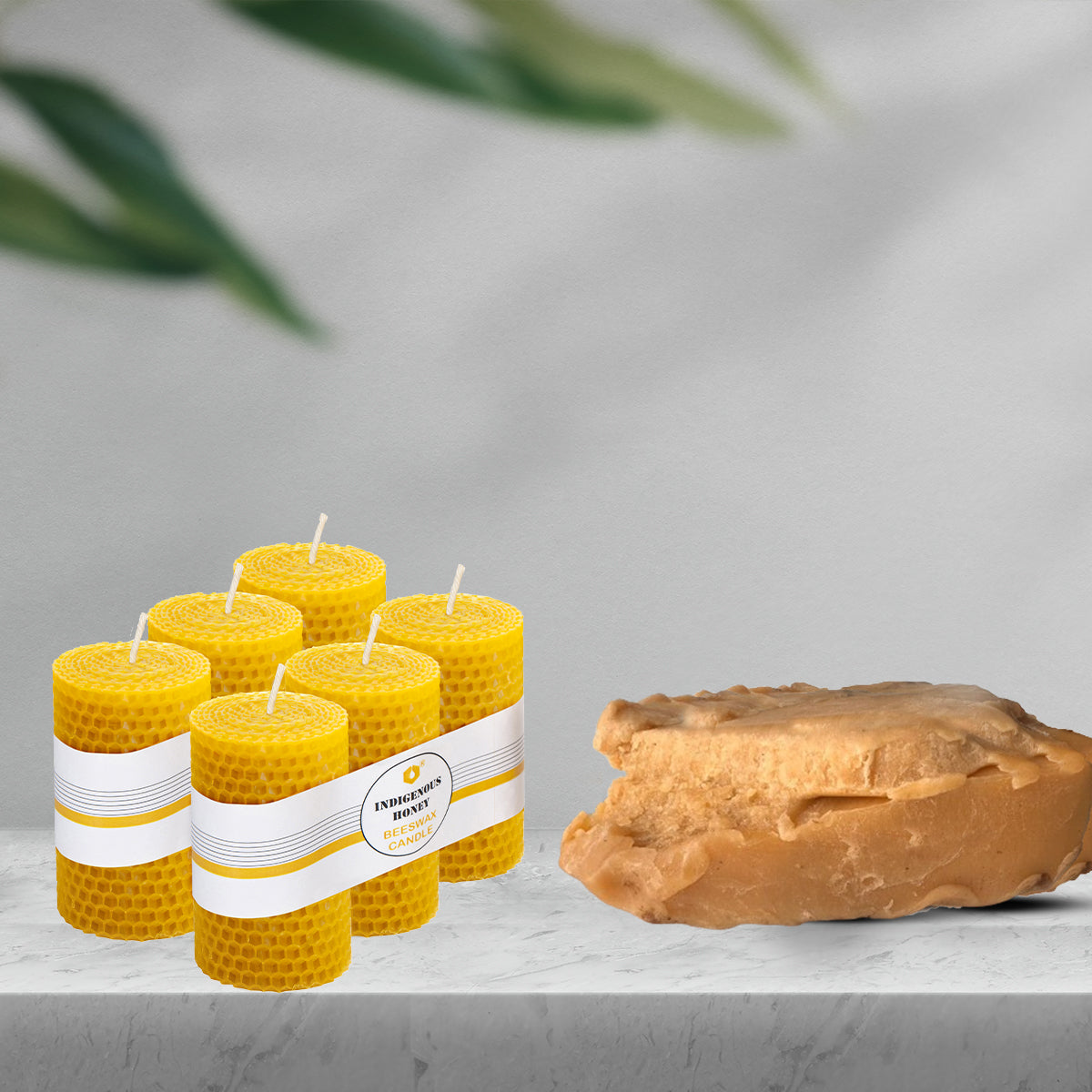
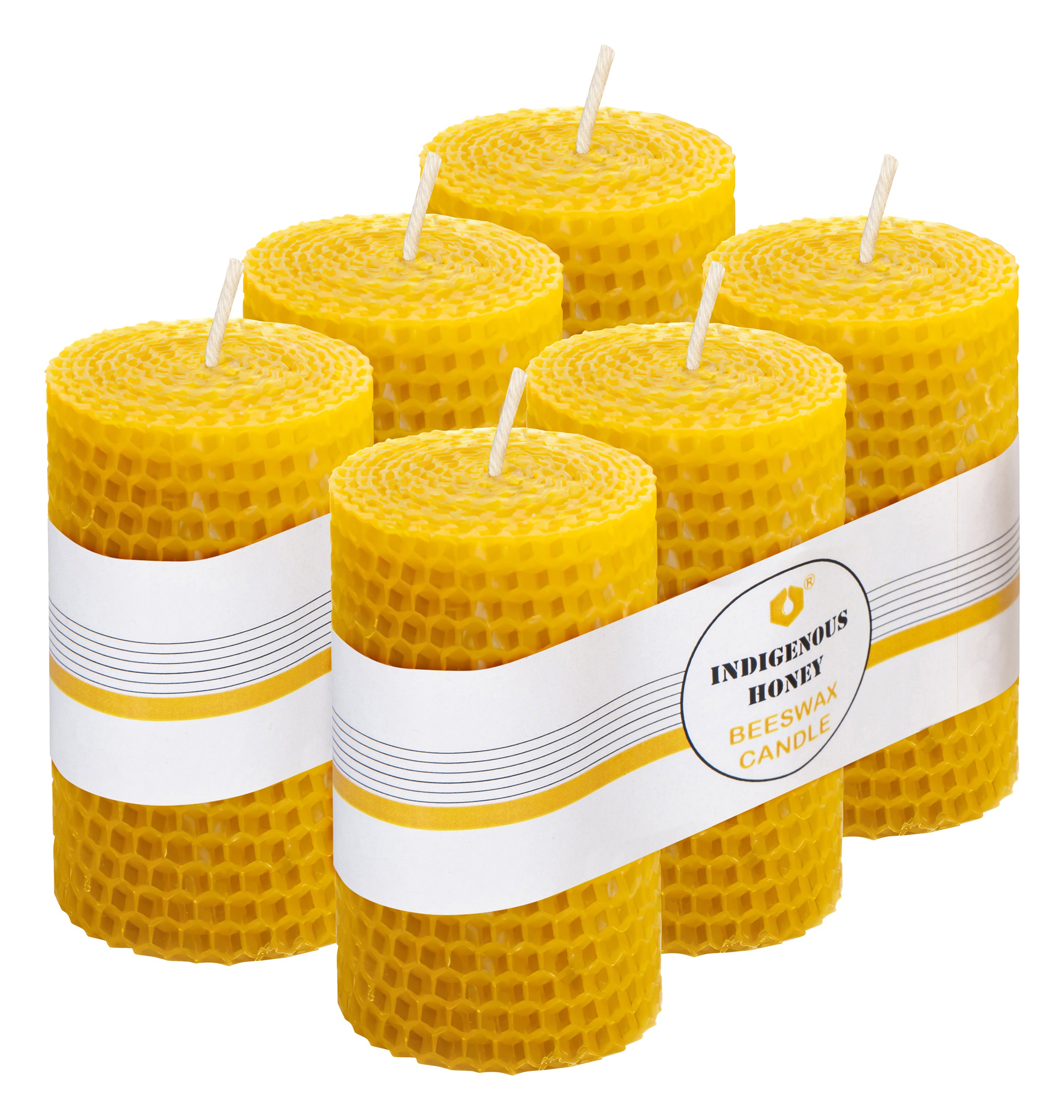
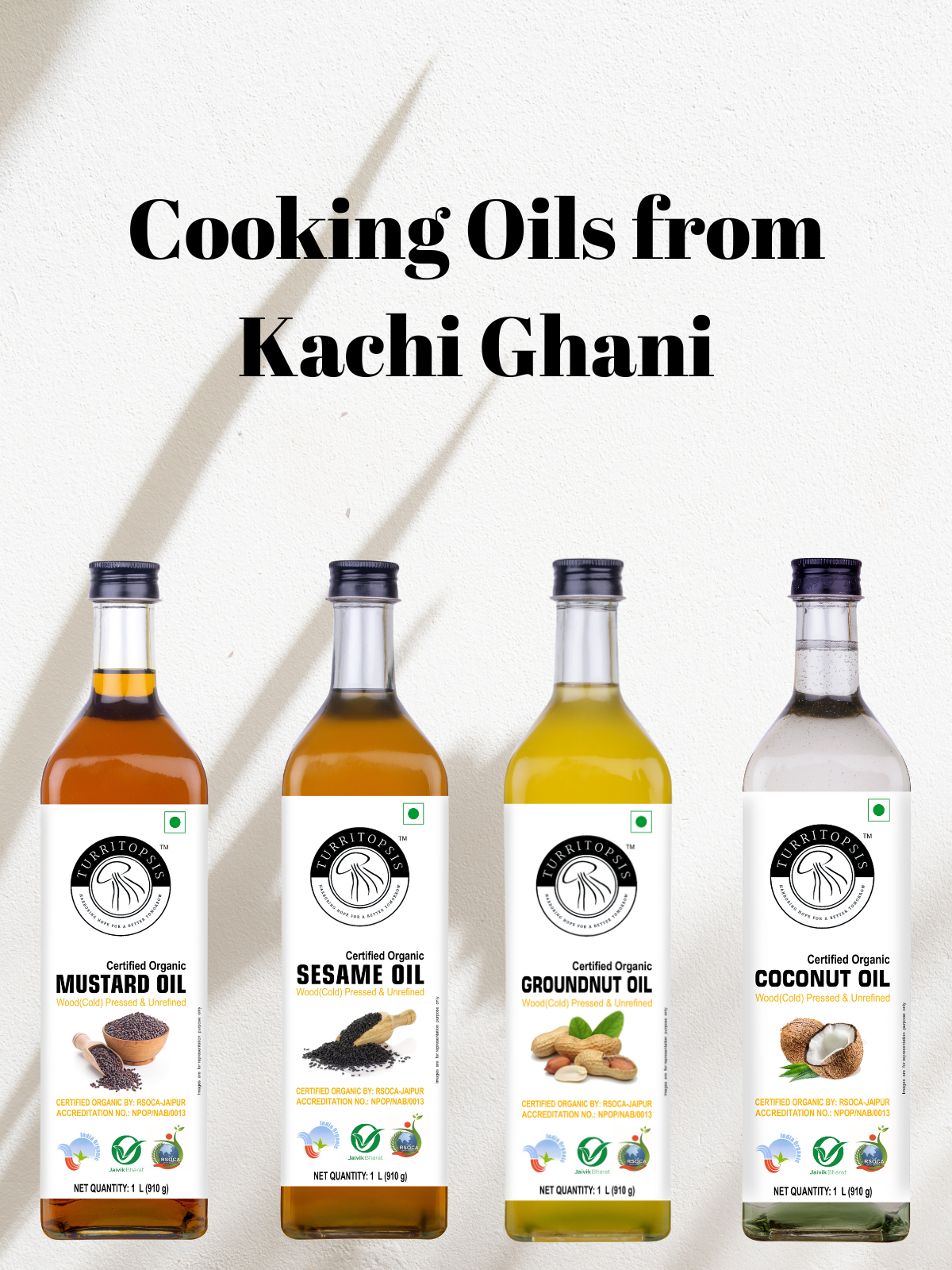
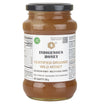
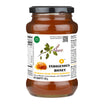
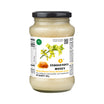
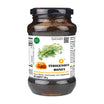
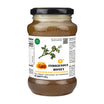

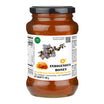
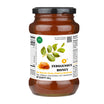
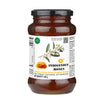

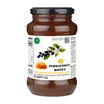
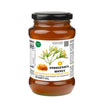
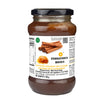
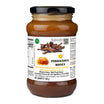
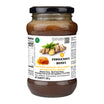
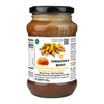

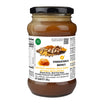
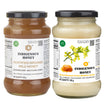
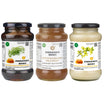
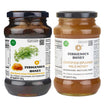
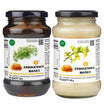
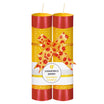
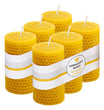
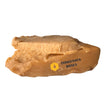
Leave a comment
All comments are moderated before being published.
This site is protected by reCAPTCHA and the Google Privacy Policy and Terms of Service apply.